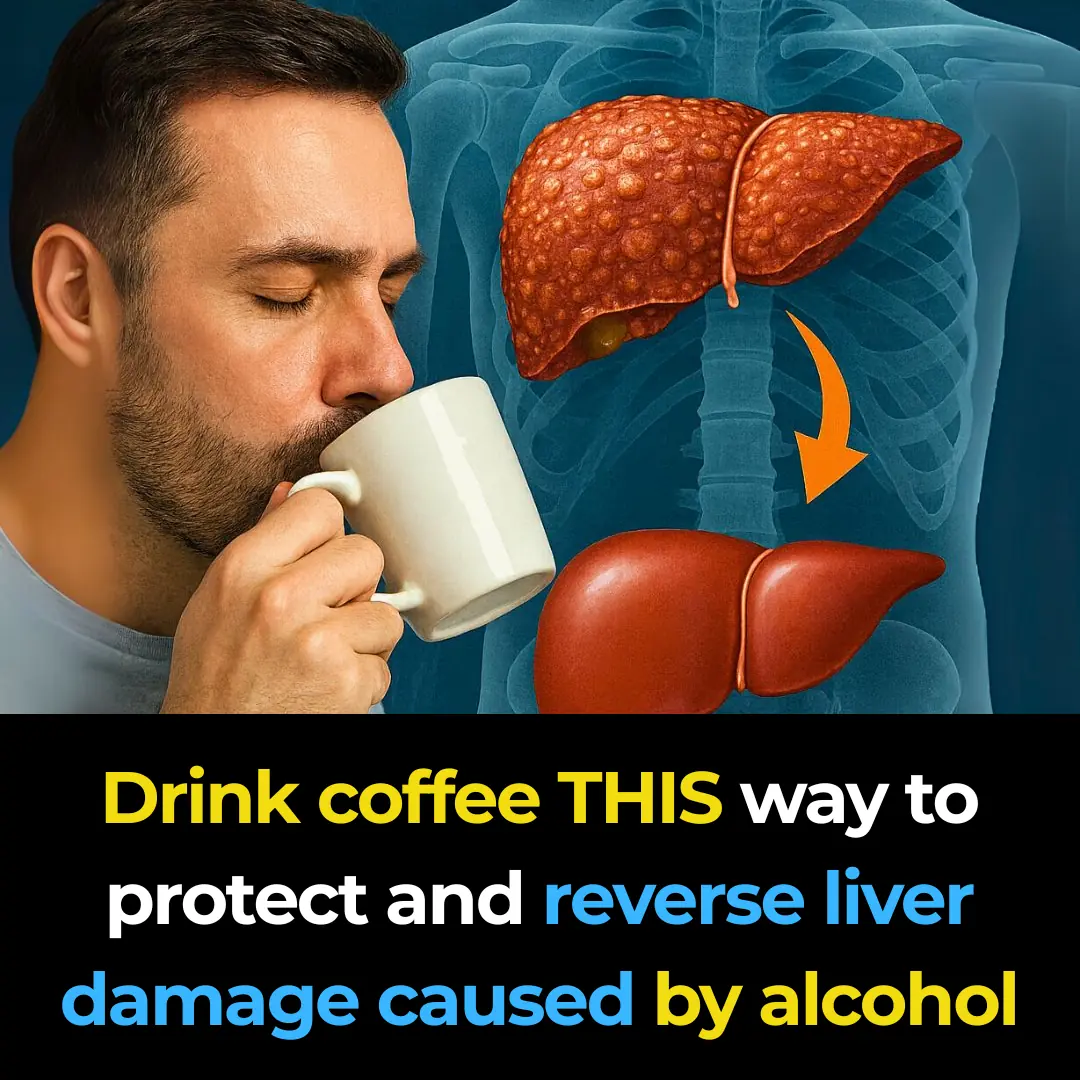
Top 10 signs of a gallbladder attack
Your gallbladder is a small, pear-shaped organ located beneath your liver. Though often overlooked, it plays a vital role in digestion by storing and concentrating bile—a fluid your liver produces to help break down dietary fats. Every time you eat, your gallbladder releases bile into your small intestine to assist with digestion.

While the gallbladder typically works quietly in the background, issues arise when bile flow is obstructed or infected, often due to gallstones. These hardened deposits of cholesterol, bilirubin, and calcium can cause sudden pain, inflammation, and even dangerous infections if not treated promptly.
In some cases, gallbladder inflammation can occur even without stones, making it important to recognize the early signs of trouble before complications develop.
🔍 In This Guide, You'll Learn:
-
What your gallbladder does
-
What triggers a gallbladder attack
-
Common signs and symptoms
-
Major risk factors—diet, hormones, genetics, and more
-
When to seek medical help
💥 What Is a Gallbladder Attack?
A gallbladder attack (also called a biliary colic) happens when a gallstone blocks a bile duct, typically the cystic duct—the narrow passage between your gallbladder and the common bile duct. This blockage prevents bile from flowing properly, causing pressure to build up and resulting in inflammation, pain, and sometimes infection.
Gallbladder attacks can be:
-
Mild and brief, with pain lasting a few hours
-
Or severe and recurring, requiring surgery or urgent care
It’s worth noting that not every blockage leads to an obvious attack. Some people experience intermittent symptoms or discomfort for months before realizing their gallbladder is the cause.
⚠️ Symptoms of Gallbladder Problems
Identifying symptoms early can help prevent serious complications like infection, organ damage, or rupture. Here are the most common signs your gallbladder may be in trouble:
1. Upper Abdominal Pain

This is the most classic and recognizable sign. The pain:
-
Usually occurs in the upper right abdomen, just beneath the ribs
-
Can radiate to the back or right shoulder
-
Is often triggered by a fatty meal
-
Feels sharp, constant, or cramping
-
Lasts from 30 minutes to several hours
Because of the pain’s location, many people mistake a gallbladder attack for heartburn or even a heart attack.
2. Indigestion
Gallbladder issues can impair your ability to digest fats properly, leading to:
-
Gas and bloating after meals
-
A heavy or full feeling even after eating lightly
-
Pain or discomfort around the ribcage
While indigestion is common, persistent symptoms—especially if related to fatty foods—may be worth evaluating further.
3. Nausea and Vomiting
These symptoms may occur with or without abdominal pain. Watch for:
-
Nausea after meals
-
Vomiting that relieves bloating or gas
-
Loss of appetite over time
-
Worsening symptoms at night, especially depending on sleep position
-
A mild fever, which could signal infection
Over time, people may avoid eating altogether, fearing it will trigger pain or vomiting.
4. Dark Urine
Gallbladder blockages can cause bile pigments to enter the bloodstream and be excreted through urine, turning it:
-
Dark brown or tea-colored
-
Foul-smelling or cloudy
-
Accompanied by reduced urine volume or frequency
📝 Note: Red or pink urine is usually associated with kidney or bladder problems, not gallbladder disease.
5. Stool Changes
Bile also gives your stool its normal brown color. When bile flow is interrupted:
-
Stools may appear pale, clay-colored, or yellowish
-
You might have loose, greasy, or floating stools
-
Strong, foul odors may accompany bowel movements
This can indicate fat malabsorption, a common result of reduced bile flow.
6. Fever and Chills
A sudden onset of fever (over 100.4°F or 38°C) along with chills could indicate cholecystitis, or an infected gallbladder. This is serious and requires urgent medical attention.
Additional warning signs include:
-
Sweating
-
Fatigue or weakness
-
Severe nausea
Ignoring these symptoms may result in life-threatening complications such as a ruptured gallbladder or sepsis.
7. Chest Pain
Because of referred nerve signals, gallbladder pain can sometimes be felt in the chest, mimicking:
-
Heart attack-like symptoms
-
Pain that worsens after meals
-
Radiating discomfort to the upper back or shoulder
-
No improvement with antacids or rest
If there’s any doubt whether it’s heart- or gallbladder-related, go to the ER.
8. Jaundice
When bile ducts are blocked, bilirubin builds up in the blood, causing:
-
Yellowing of the skin and whites of the eyes
-
Dark urine
-
Pale stools
Jaundice is always a red flag. It suggests that bile is backing up into the liver or bloodstream and needs immediate medical evaluation.
9. Bloating and Diarrhea
Unexplained digestive changes could also be a sign:
-
Explosive or frequent diarrhea
-
Stabbing pains in the belly or lower back
-
Swelling or gas after eating
These symptoms may point to chronic gallbladder disease and not just isolated attacks.
🔎 Risk Factors for Gallbladder Attacks
Understanding what increases your risk can help you prevent issues before they start. Here are the main contributors:
1. High-Fat, Low-Fiber Diet
Diets rich in:
-
Animal fats (like butter, red meat, and cheese)
-
Fried or processed foods
-
Sugary and refined carbs
…can increase cholesterol levels in bile, making stones more likely. In contrast, diets like the Mediterranean diet, high in fruits, vegetables, whole grains, and healthy fats, may protect against gallstones.
2. Hormones and Estrogen
Estrogen increases bile cholesterol saturation. People at higher risk include:
-
Women on oral contraceptives
-
Individuals undergoing hormone replacement therapy (HRT)
-
People receiving gender-affirming hormone treatments
Estrogen-related gallbladder issues can affect all genders.
3. Obesity and Rapid Weight Loss
Excess weight raises your risk due to:
-
Increased cholesterol in bile
-
A larger, less efficient gallbladder
-
Poor emptying function
⚠️ Caution: Rapid weight loss from crash dieting can worsen the problem by disrupting bile composition. Aim for slow, steady weight loss.
4. Family History and Genetics
Some people are simply genetically predisposed to gallstones. You're at higher risk if:
-
Gallbladder disease runs in your family
-
You’re of Native American or Hispanic descent
Genetic factors can affect how cholesterol is transported and processed in the liver.
5. Diabetes
People with Type 2 diabetes often:
-
Have higher triglyceride levels
-
Are more likely to be overweight
-
May suffer from nerve damage that affects gallbladder function
Proper diabetes management is essential to lowering risk.
🏥 When to See a Doctor
You should seek immediate medical care if you experience:
-
Severe, persistent abdominal pain (especially in the upper right quadrant)
-
Fever and chills
-
Jaundice
-
Dark urine or pale stools
-
Unexplained vomiting or nausea
These symptoms may indicate acute cholecystitis, bile duct blockage, or other complications requiring prompt intervention.
✅ Final Thoughts: Don’t Ignore Gallbladder Symptoms
Though small in size, your gallbladder plays an outsized role in digestion and overall health. When something’s wrong, it tends to speak up—through pain, digestive changes, and other systemic symptoms.
The good news? Gallbladder problems are highly treatable, especially when detected early. Whether it’s lifestyle changes, medication, or in some cases surgery, there are plenty of ways to find relief and prevent further issues.
If you're noticing any of the signs described here, don’t wait. A simple ultrasound, blood test, or physical exam could give you the answers—and the relief—you need.
News in the same category

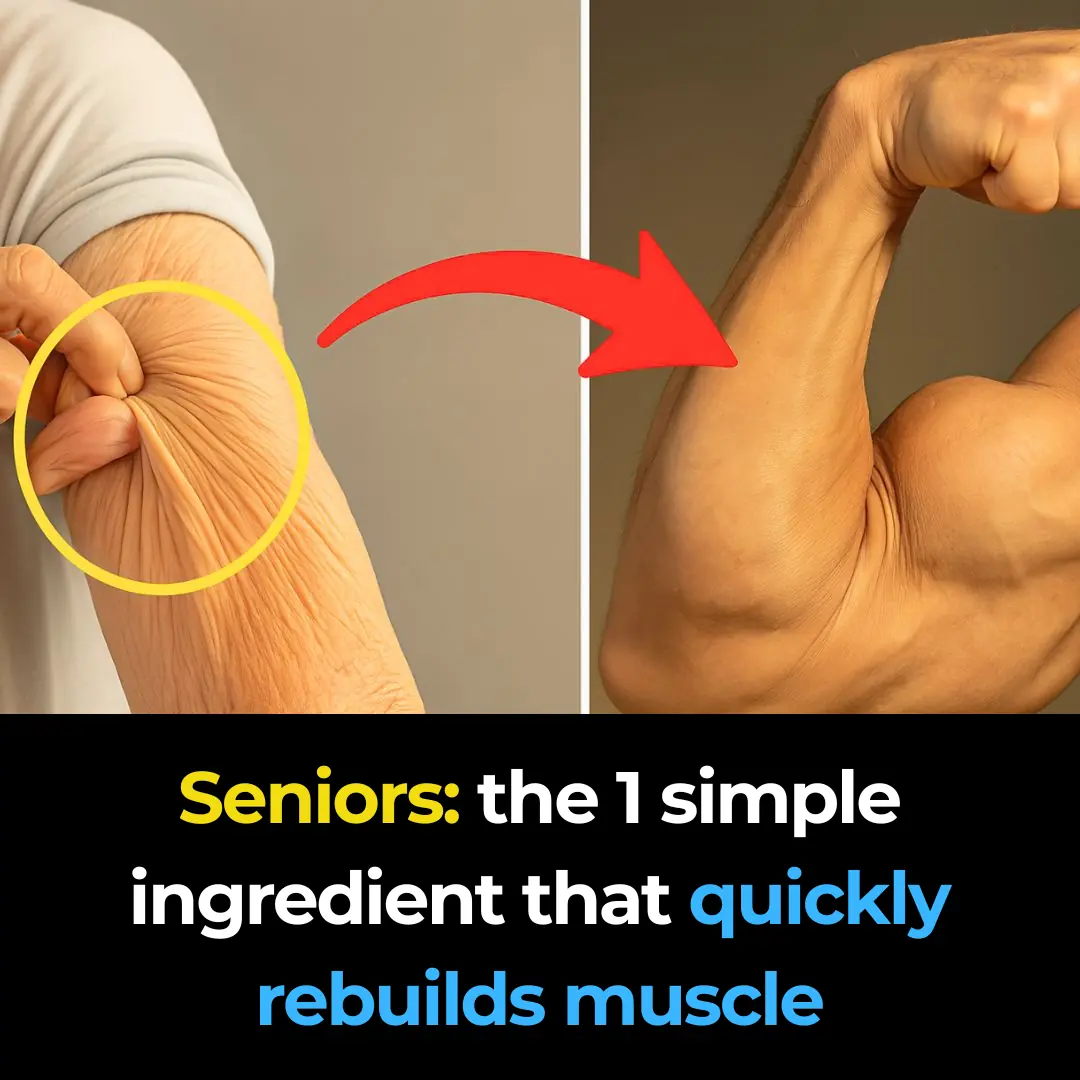
Seniors: the 1 simple ingredient that quickly rebuilds muscle
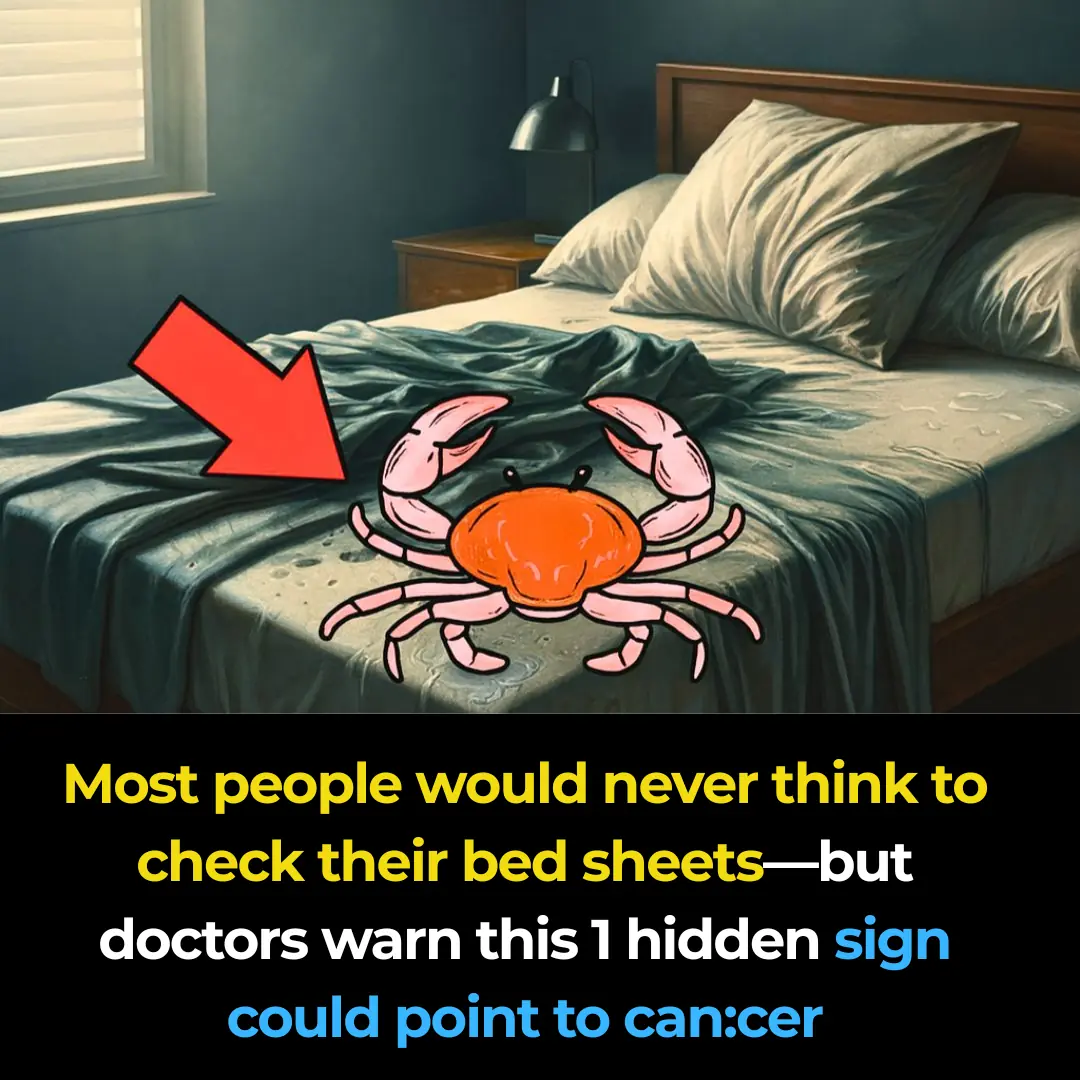
Doctors warn: this 1 cancer sign may show up in your sheets
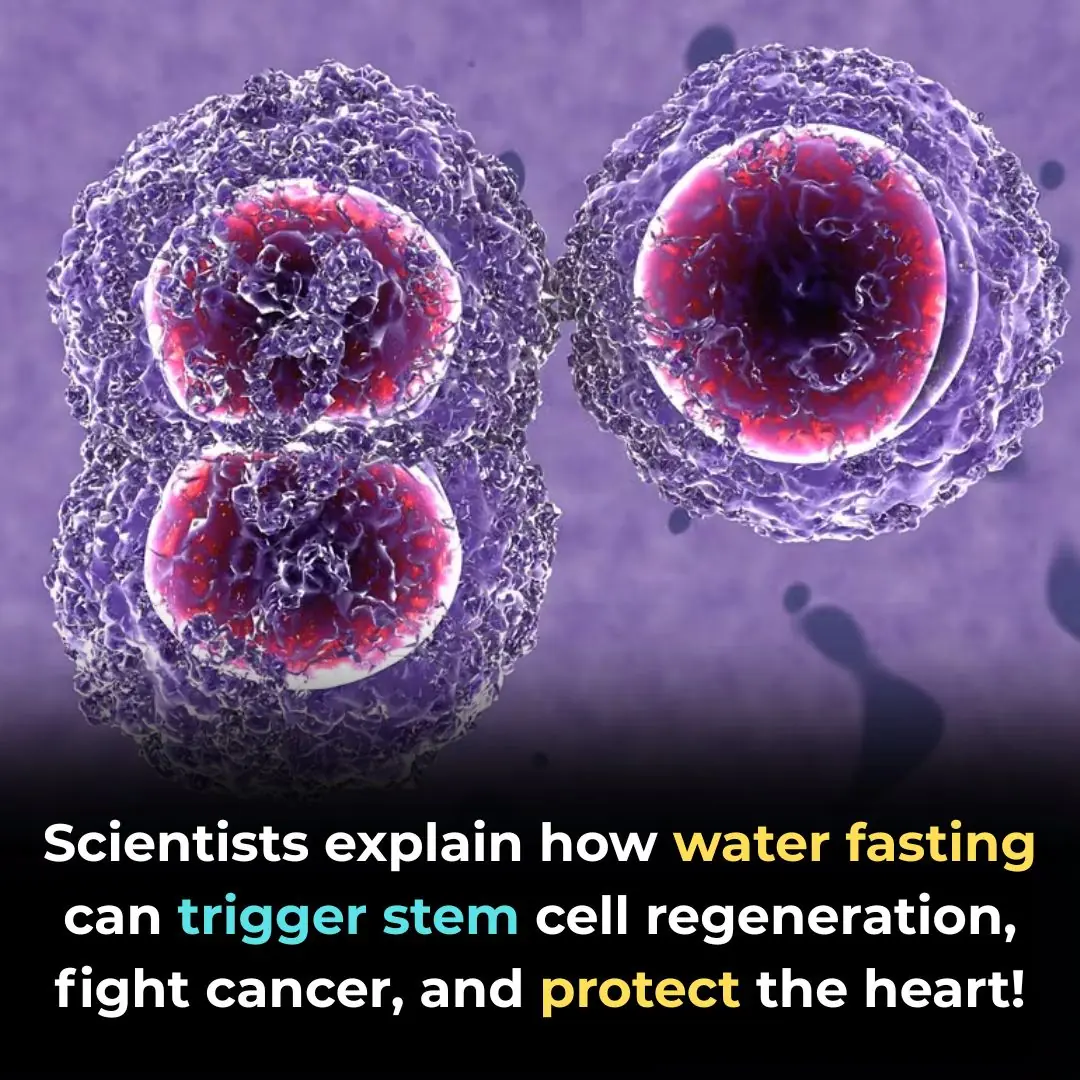
How Water Fasting Can Regenerate the Immune System, Slow Aging, Reduce Heart Attack Risk and More

4 Reasons Why Cardiac Arrests Happen in The Bathroom
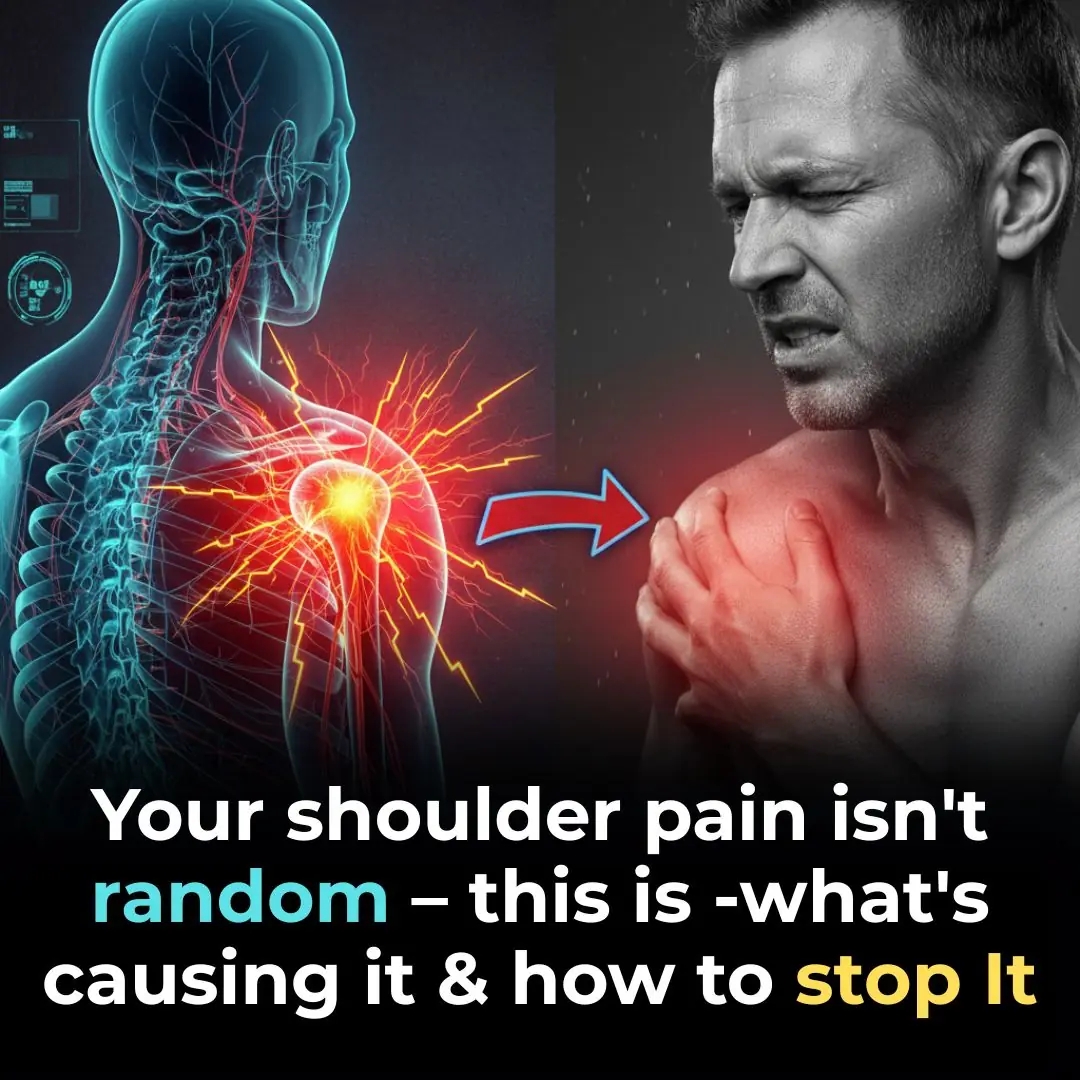
Shoulder Pain from Sleeping: Causes, Solutions and More
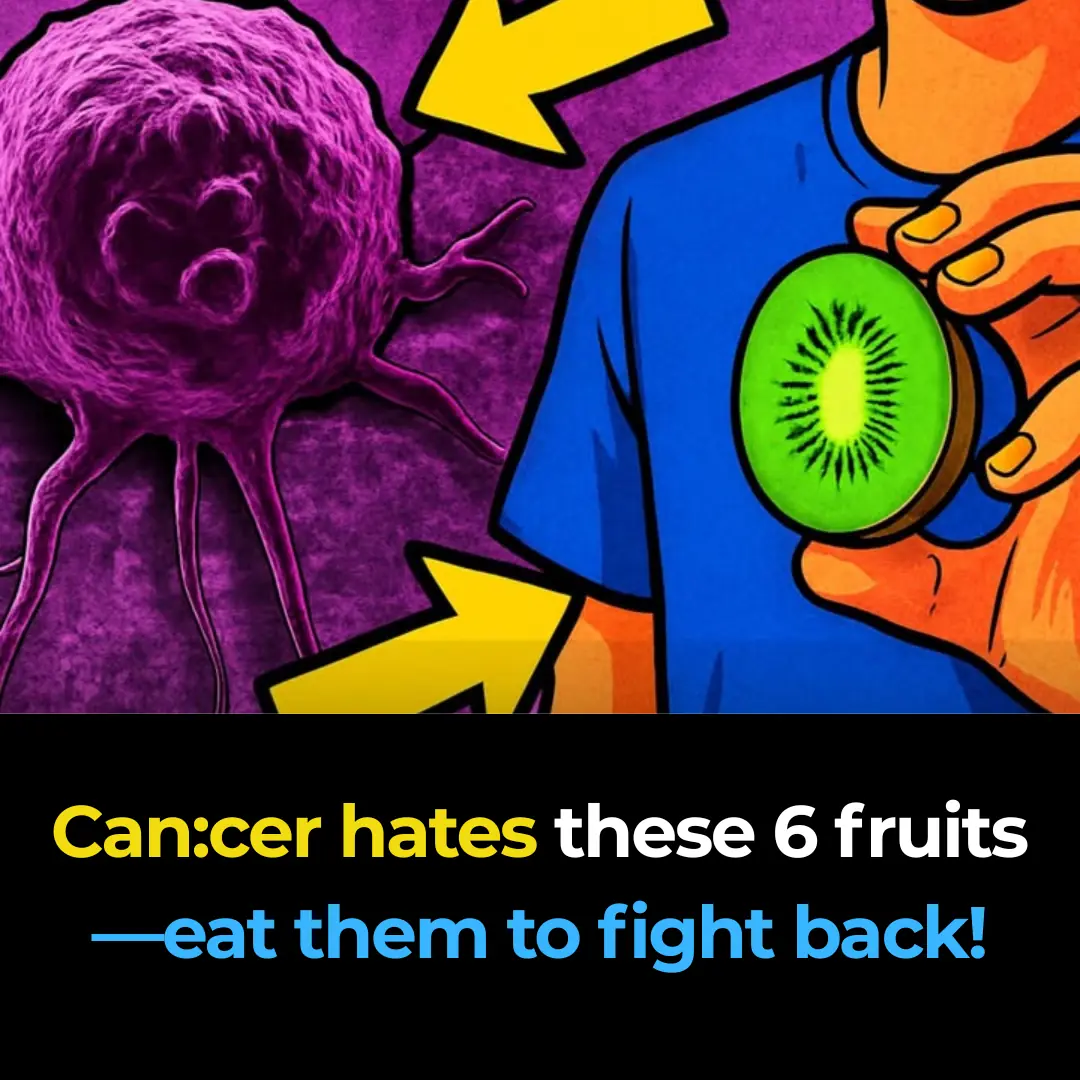
Cancer hates these 6 fruits—eat them to fight back!
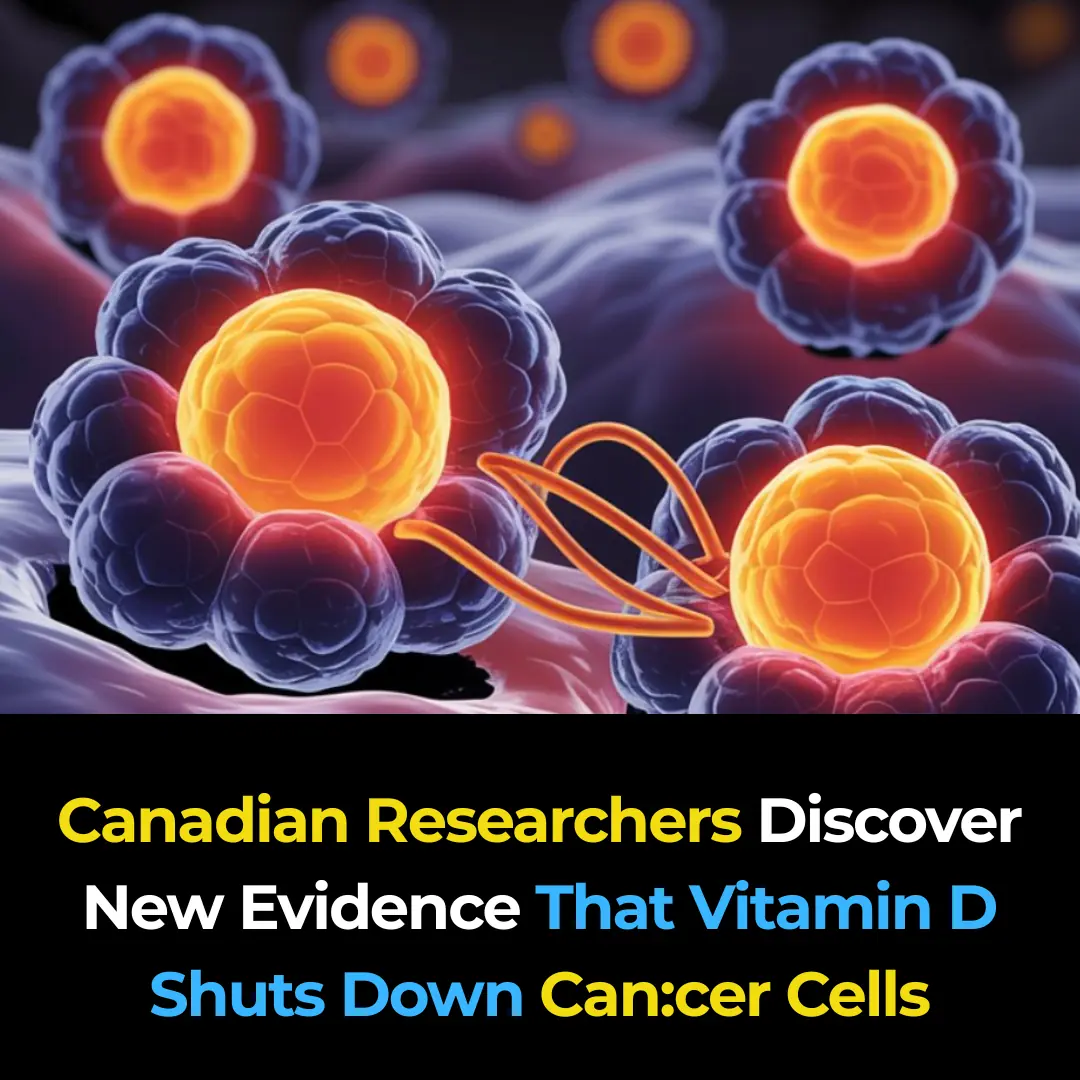
Canadian Researchers Discover New Evidence That Vitamin D Shuts Down Cancer Cells
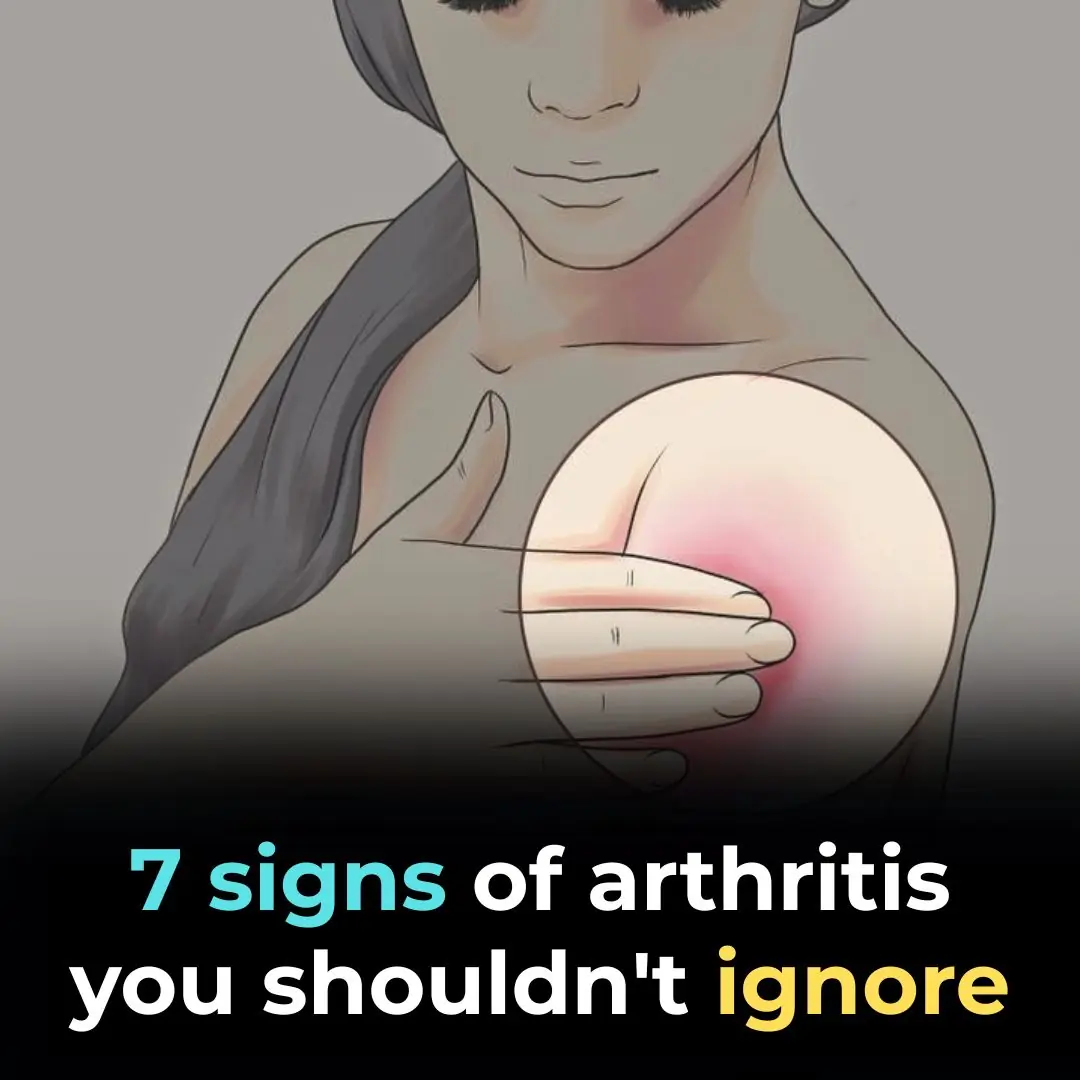
Signs of Arthritis You Shouldn’t Ignore

Research Reveals Two Life Stages of Accelerated Aging
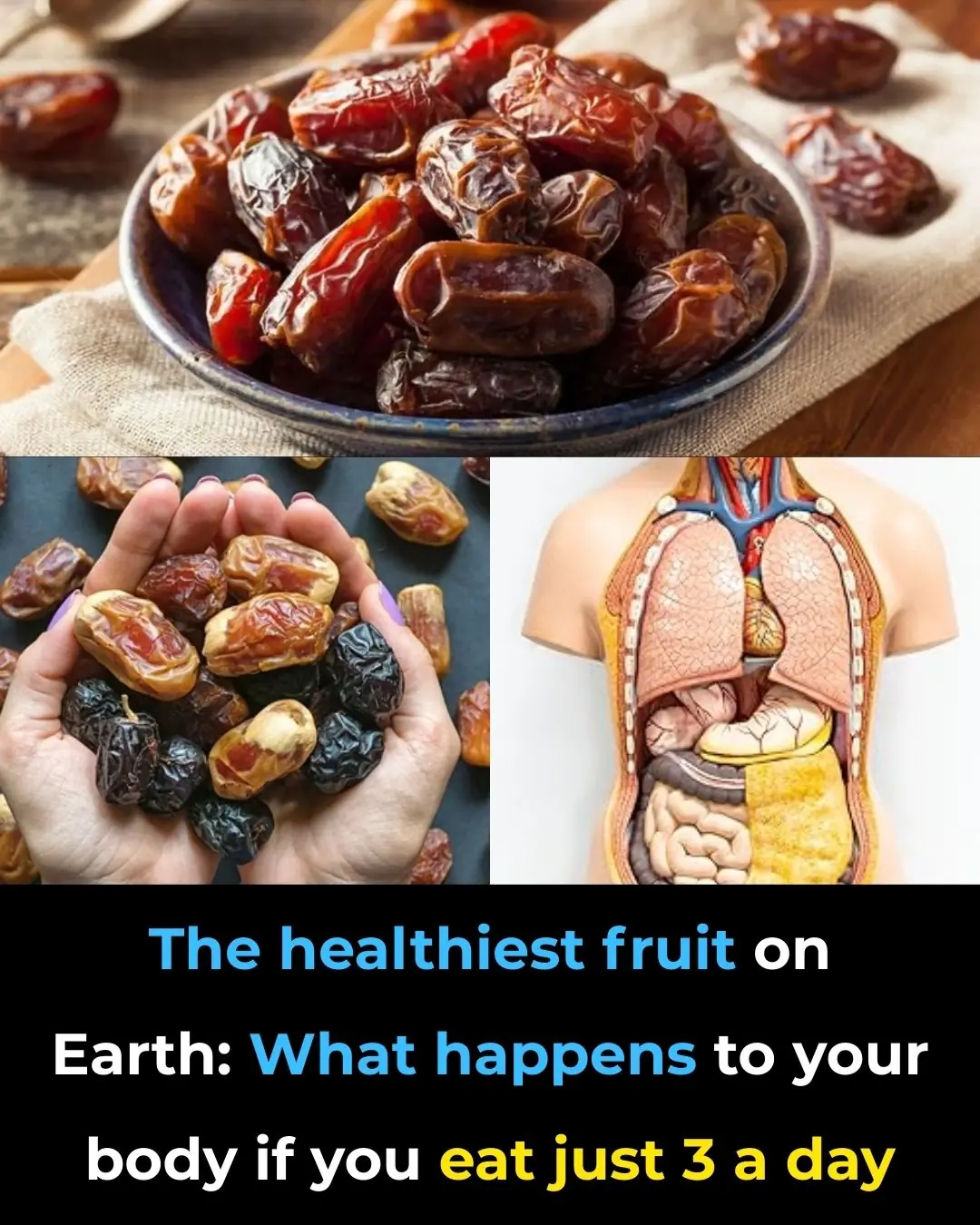
9 Convincing Reasons to Consume More Dates
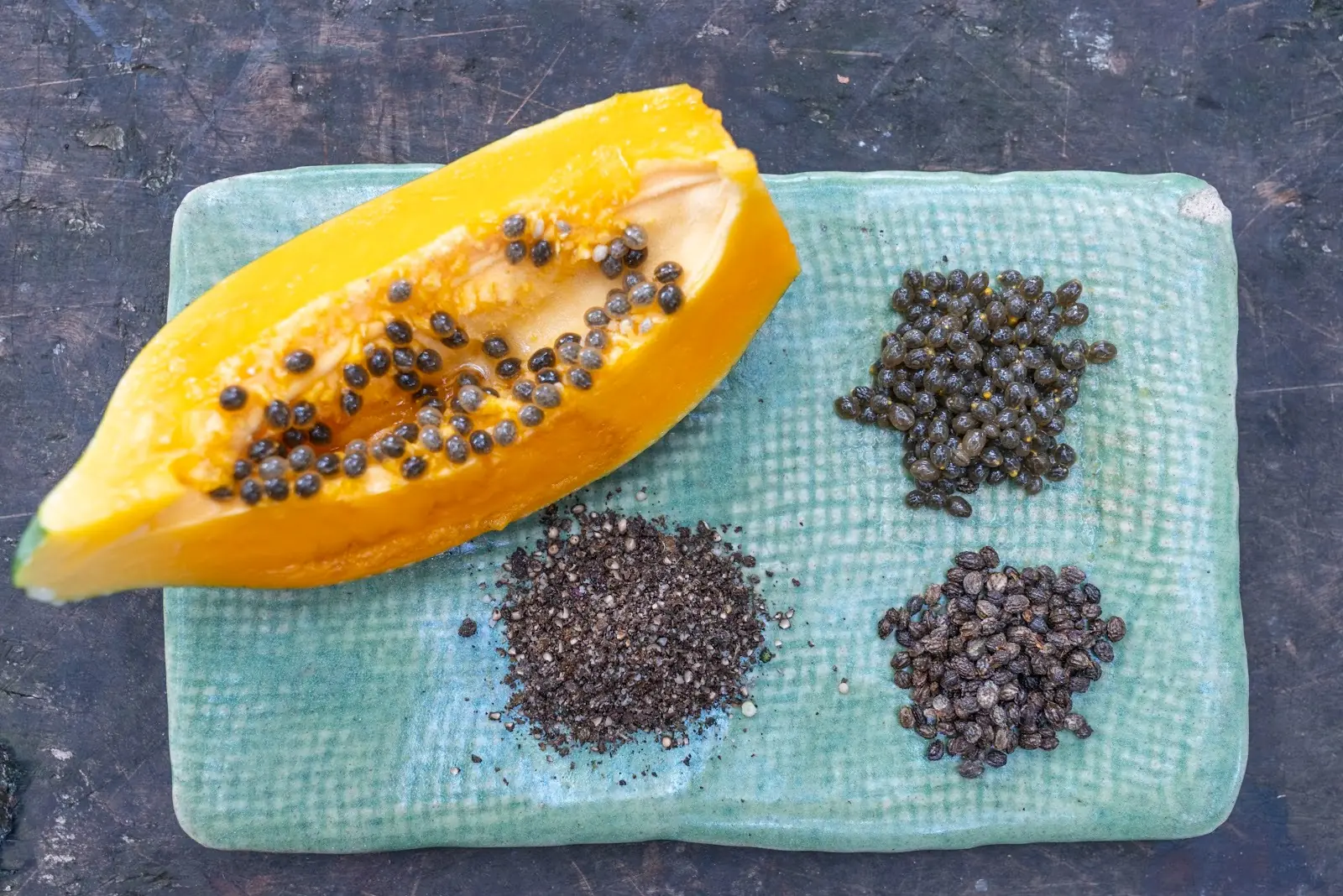
Unlocking the Hidden Potential of Papaya Seeds: A Nutritional Treasure
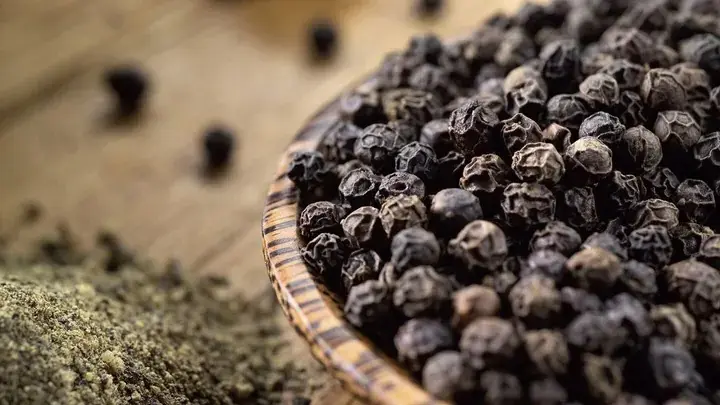
Garlic & Black Pepper: The Kitchen Cure for Leg Pain and More
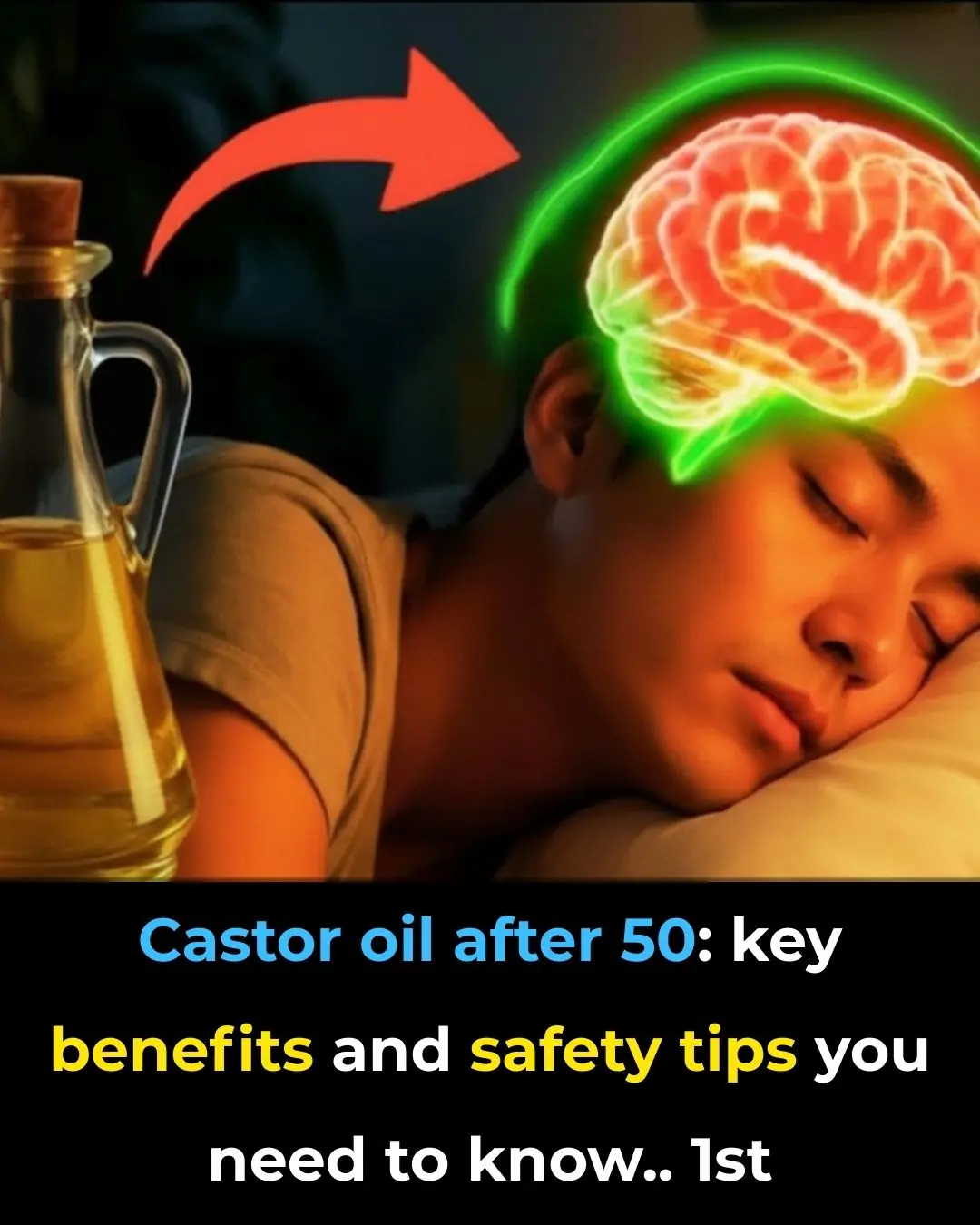
Castor oil for older adults: key benefits and safety tips you shouldn’t miss
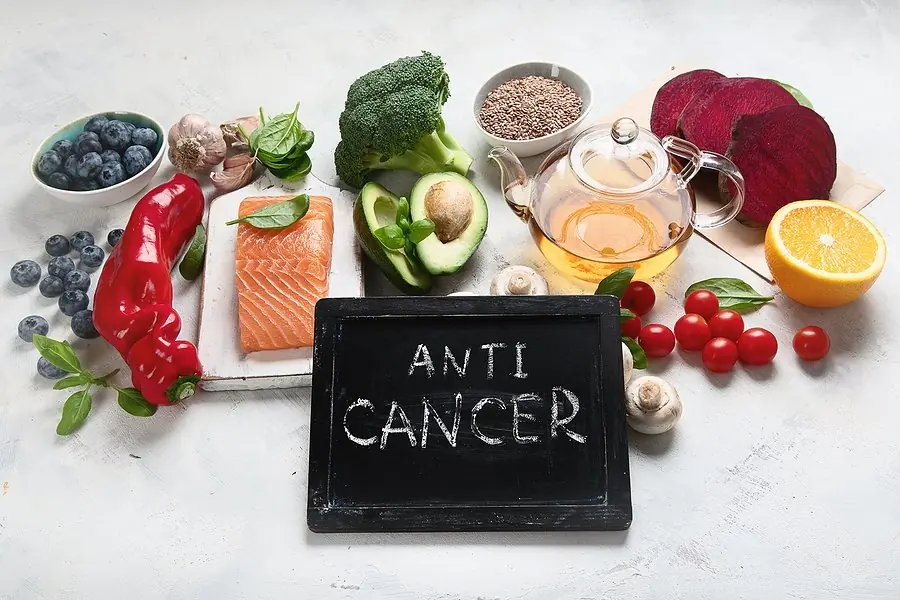
Which fruit prevents cancer cells from growing rapidly?
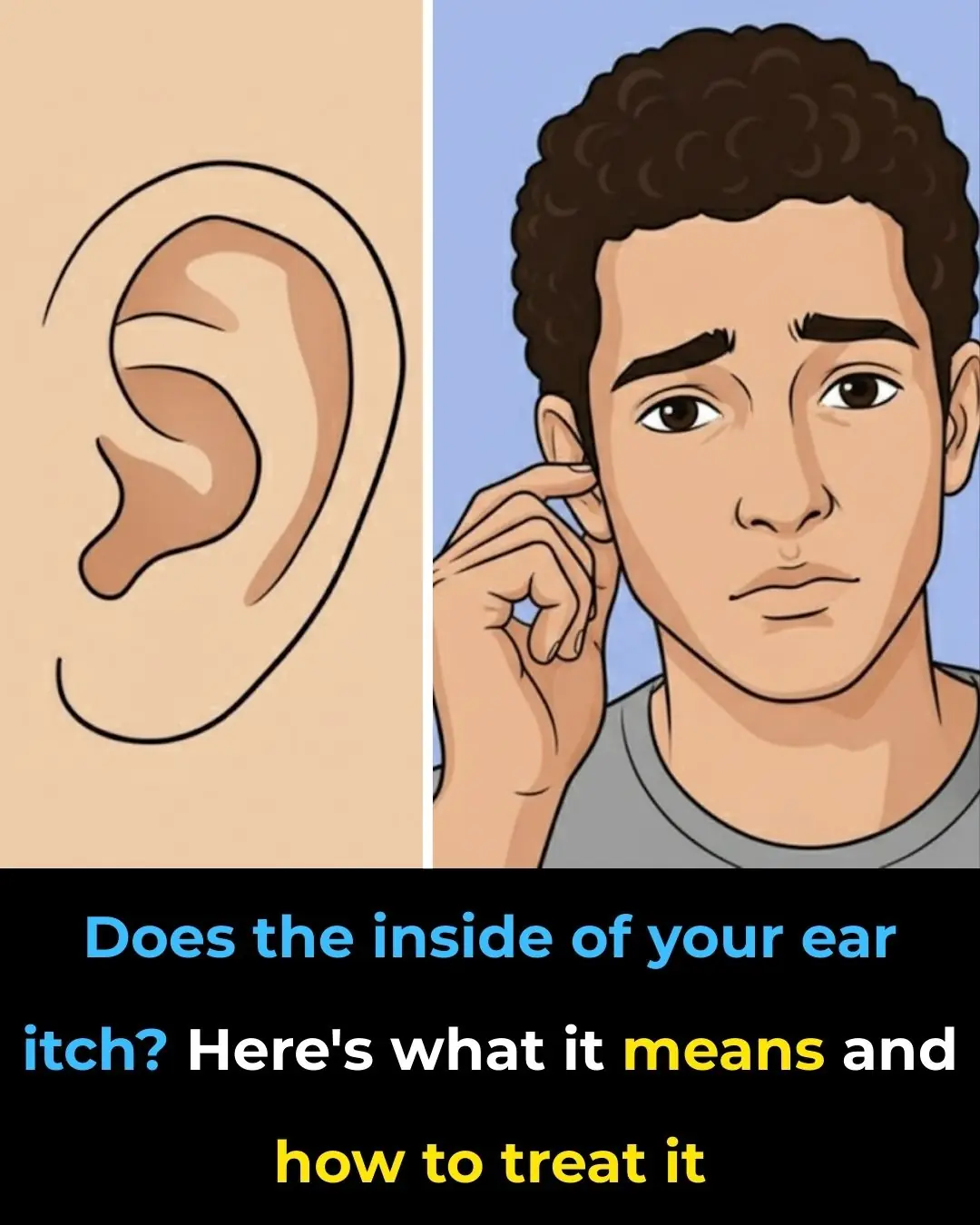
Does The Inside Of Your Ear Itch
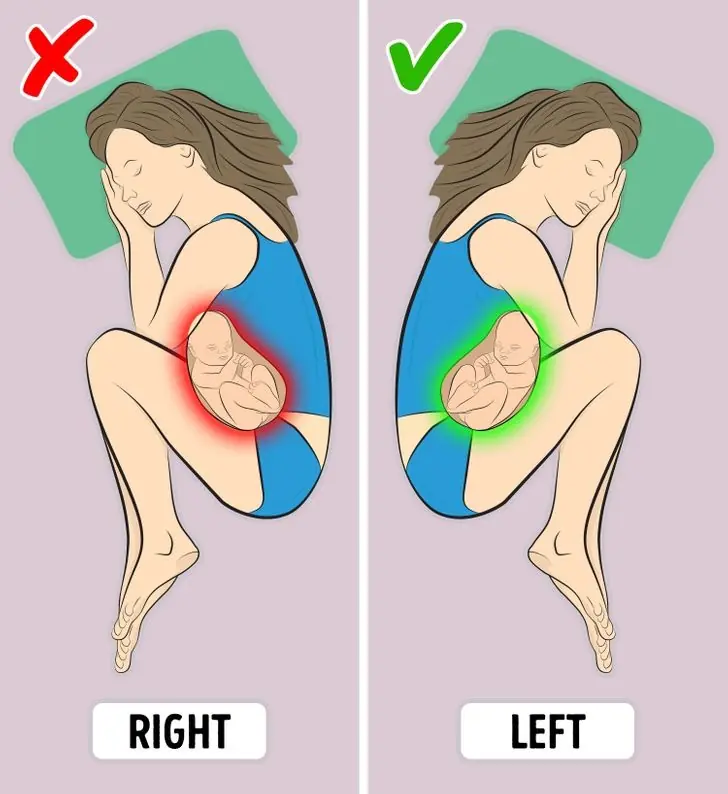
Disadvantages of Sleeping on Your Right Side: What Your Body Isn’t Telling You

A Natural Remedy for Thinning Hair

Simple Aloe Vera Trick Will Leave Your Skin Glowing
News Post

The fish that is the "king of omega-3," with salmon only ranking second: Sold everywhere in Vietnamese markets at incredibly low prices.

Tips for using rice water and ginger to nourish your hair, promoting faster growth and making it thicker, darker, and shinier.

Treat premature gray hair with a black dye formula made from sour starfruit and potatoes, as cheap as can be!

How to store chili peppers for months while keeping them as fresh as the day they were picked, with firm, plump flesh that doesn’t dry out or lose flavor.
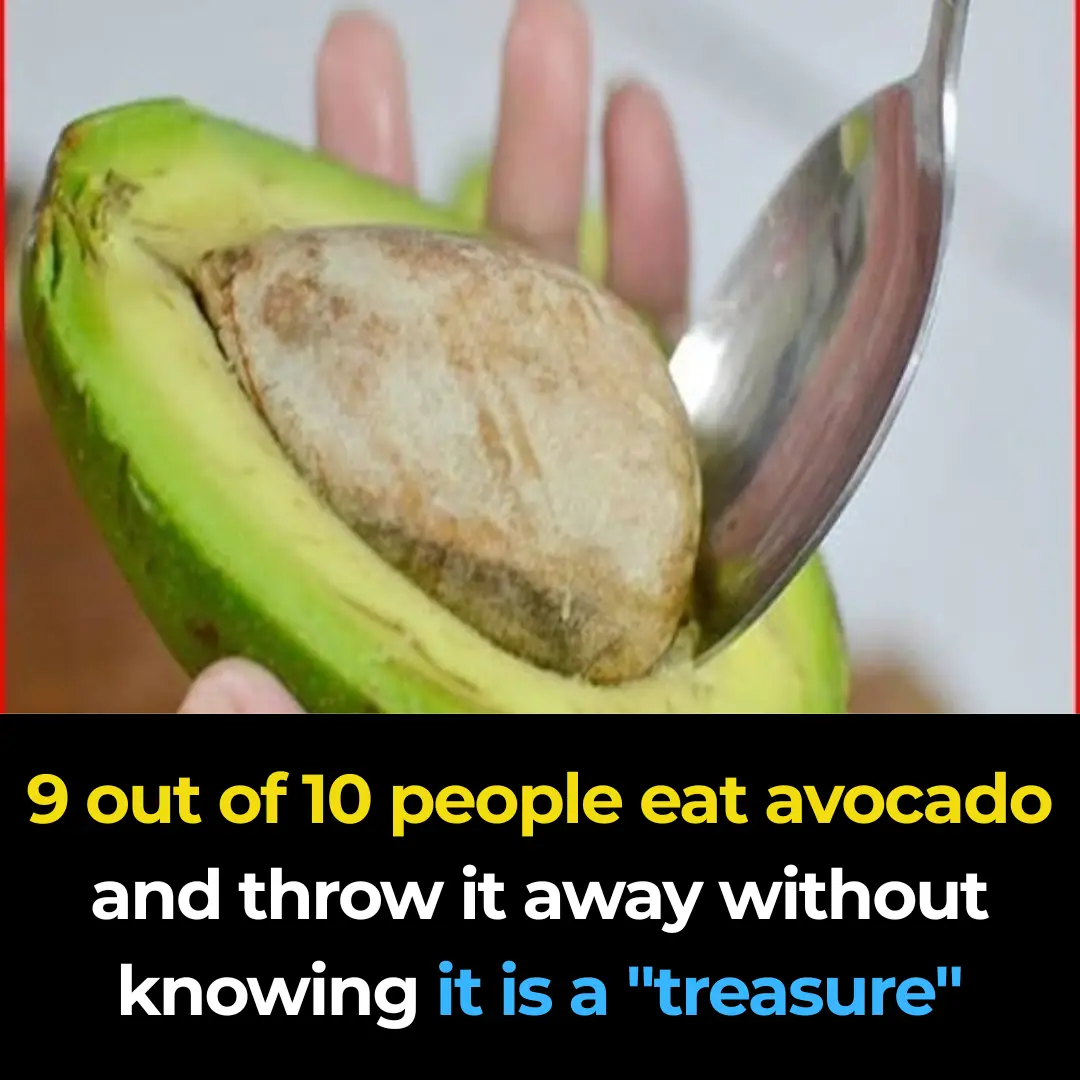
10 people eat avocado, but 9 of them discard this part without realizing it's a "treasure."

How to help you travel thousands of miles without getting motion sickness.

Stick an Urgo Patch on Your Fan: A Clever Trick That Brings Amazing Benefits—Don’t Miss Out if You Haven’t Tried It
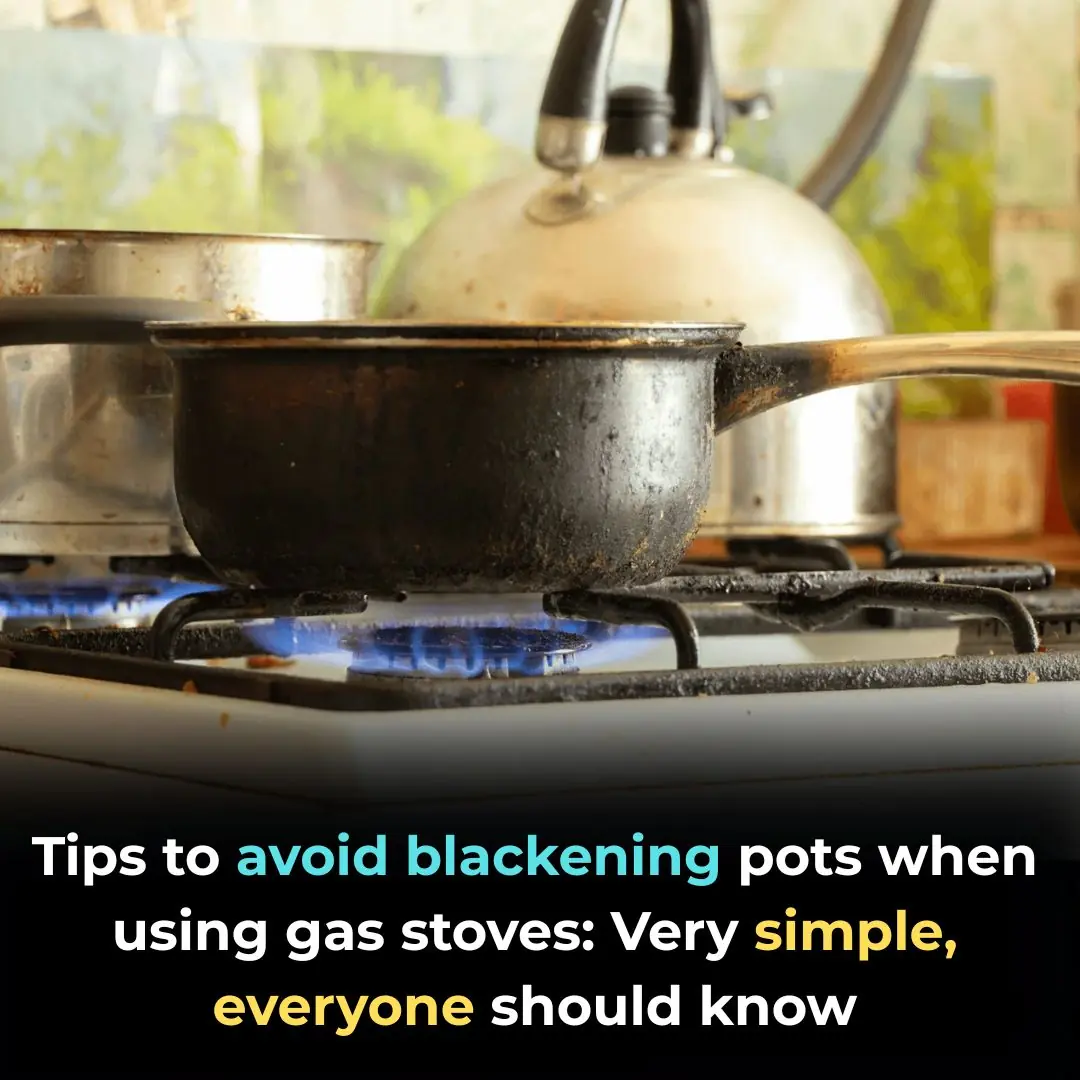
Tips to Prevent Blackening of Pots When Using a Gas Stove: Very Simple, Everyone Should Know

Drink coffee THIS way to protect and reverse liver damage caused by alcohol

Seniors: the 1 simple ingredient that quickly rebuilds muscle

Doctors warn: this 1 cancer sign may show up in your sheets

Don’t Throw Away Bubble Wrap — Keep It in Your Kitchen to Discover These Amazing Benefits

Revive Your Nails with This Garlic Secret
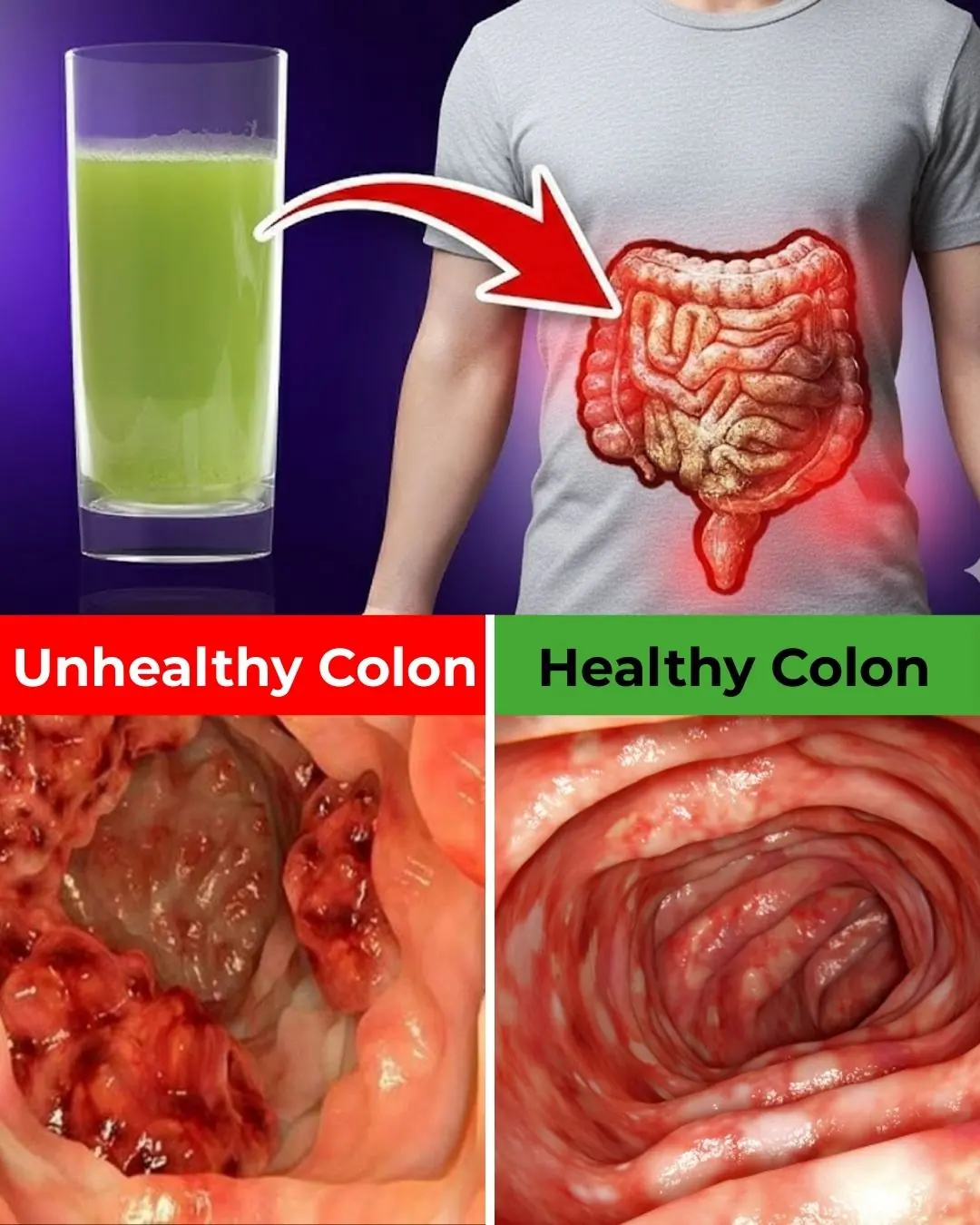
17 Natural Habits to Keep Your Colon Healthy
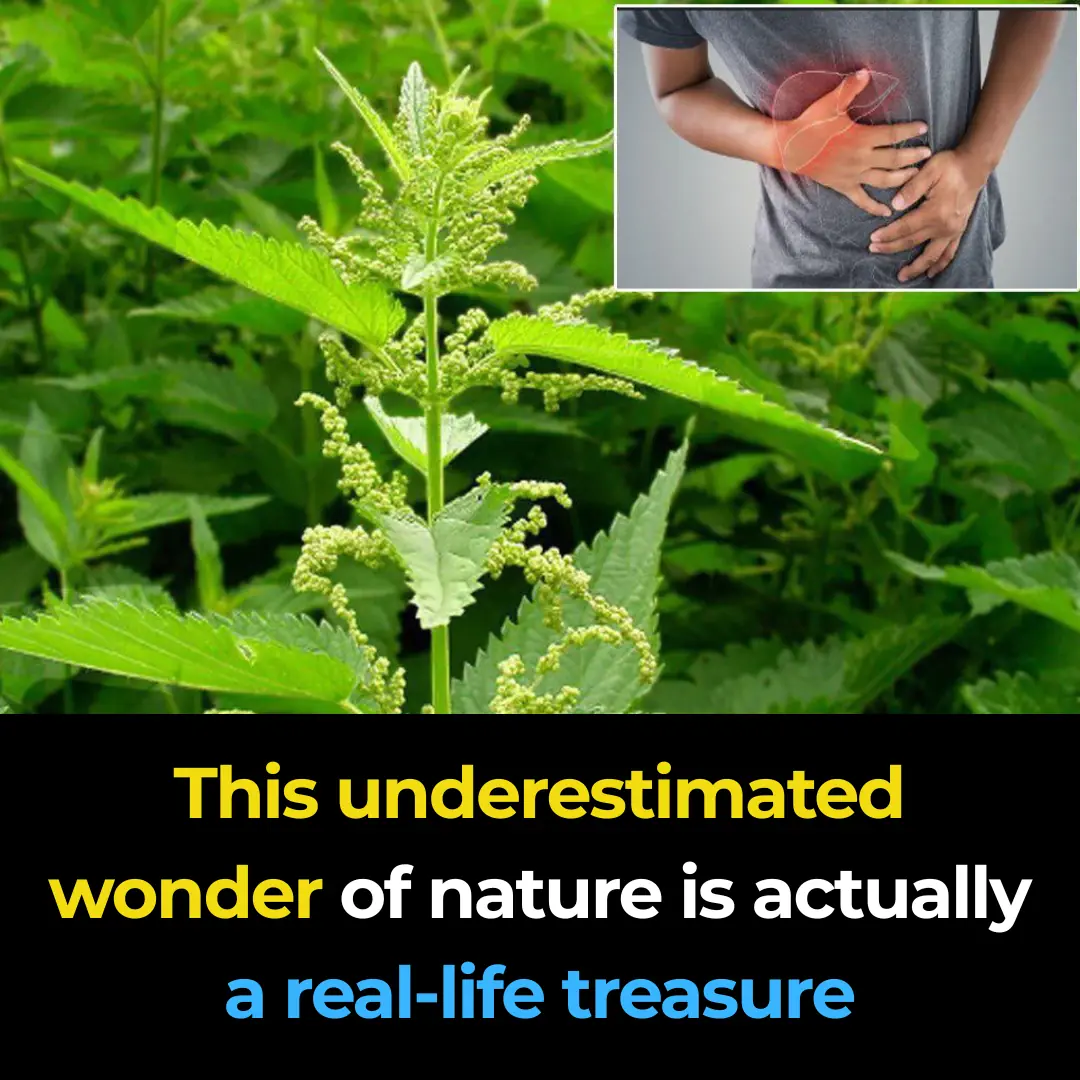
7 Nettle benefits and uses

7 Benefits Of Papaya Seeds & How To Consume Them Correctly

How Water Fasting Can Regenerate the Immune System, Slow Aging, Reduce Heart Attack Risk and More

4 Reasons Why Cardiac Arrests Happen in The Bathroom

Shoulder Pain from Sleeping: Causes, Solutions and More
